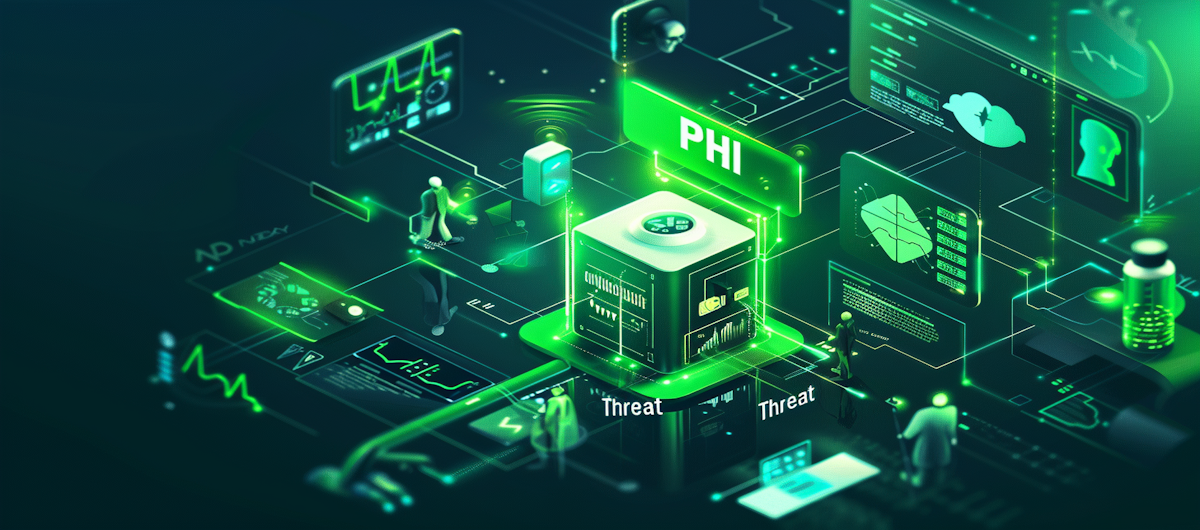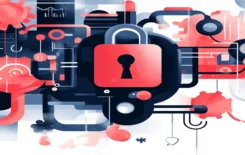HIPAA and Data Protection: Navigating the Maze with Database Change Management
In the healthcare realm, safeguarding sensitive patient data is paramount. The Health Insurance Portability and Accountability Act (HIPAA) serves as the cornerstone of data protection in the US, outlining stringent regulations for covered entities like healthcare providers, health plans, and healthcare clearinghouses. HIPAA necessitates database change management through its provisions safeguarding protected health information (PHI).
Understanding PHI: The Core of HIPAA’s Protection
PHI encompasses any individually identifiable information related to:
- Past, present, or future physical or mental health conditions
- Provision of healthcare services
- Payment for healthcare services
Examples include patient names, addresses, diagnoses, treatment plans, and billing statements. HIPAA mandates covered entities to implement “appropriate safeguards” to protect PHI, requiring:
- Access controls: Limiting access to authorized personnel.
- Technical safeguards: Employing encryption, firewalls, and other security measures.
- Audit trails: Tracking access and changes made to PHI.
- Risk management: Regularly assessing and mitigating risks.
Challenges in Managing PHI: A Delicate Balancing Act
While HIPAA outlines the “what,” effectively implementing these safeguards presents unique challenges:
- Balancing security and accessibility: Healthcare providers require timely access to PHI for diagnosis, treatment, and billing purposes. However, excessive access increases the risk of unauthorized disclosure.
- Complex database environments: Healthcare organizations often use diverse databases and systems, making it difficult to track changes and maintain consistency across them.
- Manual processes and human error: Manual DCM processes are prone to errors, omissions, and delays, potentially violating HIPAA regulations.
- Evolving regulations and threats: Keeping pace with ever-changing data privacy regulations and emerging cyber threats adds further complexity.
DBmaestro: Automating the Path to HIPAA Compliance
DBmaestro, a leading DevSecOps platform, addresses these challenges with its smart, automated data change management solution. Here’s how it empowers healthcare organizations to excel in HIPAA compliance:
- Centralized Control and Visibility: DBmaestro provides a single platform to manage database changes across all environments, offering centralized control and visibility into changes made to sensitive areas.
- Automated Workflows and Approvals: Predefined workflows and approval processes streamline change management, ensuring all changes comply with HIPAA regulations before implementation.
- Detailed Audit Trails and Reporting: DBmaestro empowers users to generate comprehensive audit trails, documenting every change made to the database, who made it, when, and why. This facilitates compliance audits and investigations.
- HIPAA Sec-Plus: Preventing the leakage of Personal Identifiable Information (PII) due to malicious or unintentional actions via database triggers and procedures, which may bypass standard database and application security measures.
Guarding the Gates: Access Control through the database Schema Governance
Data breaches often exploit vulnerabilities in access control. DBmaestro tackles this head-on by providing granular access control mechanisms:
- Role-based Access Control (RBAC): Define and assign access privileges based on specific roles within the organization, ensuring specific roles can only access database necessary for their job functions.
- Least Privilege Principle: Implement the principle of least privilege, granting users only the minimum level of access required for their tasks.
- Schema Governance: Securely define and manage database schema changes, preventing unauthorized modifications that could create security holes.
- Multi-Factor Authentication (MFA): Add an extra layer of security by requiring additional authentication factors beyond passwords, further thwarting unauthorized access attempts.
Compliance Champion: Enforcing Corporate Policy
Beyond access control, DBmaestro acts as a compliance enforcer, ensuring adherence to corporate data security policies:
- Policy-Based Automation: Configure DBmaestro to automatically enforce corporate security policies, preventing actions that violate them.
- Compliance Audits and Reporting: Generate detailed reports on the changes made to databases, facilitating compliance audits and investigations.
Beyond Compliance: The Benefits of DBmaestro
Beyond ensuring HIPAA compliance, DBmaestro offers additional benefits:
- Improved Efficiency: Automation reduces manual tasks, freeing up IT staff for more strategic initiatives.
- Reduced Risk: Automated processes minimize human error and ensure consistent compliance across all environments.
- Enhanced Agility: Streamlined workflows accelerate development and deployment cycles, fostering innovation.
- Cost Savings: Automation reduces manual effort, leading to cost savings in IT operations and compliance management.
Conclusion: A Secure Future for Healthcare Databases
In the ever-evolving healthcare landscape, protecting PHI is crucial. By leveraging the smart automation of DBmaestro’s data change management solution, healthcare organizations can effectively address the challenges of HIPAA compliance and ensure the security and privacy of database change activities. This not only safeguards compliance but also paves the way for a more efficient, agile, and secure healthcare ecosystem.
Conclusion: A Holistic Approach to Data Security
By combining robust access control, schema governance, compliance enforcement, and proactive threat detection, DBmaestro offers a holistic approach to data security. This not only minimizes the risk of breaches but also simplifies compliance management, allowing healthcare organizations to focus on their core mission of providing excellent patient care.





